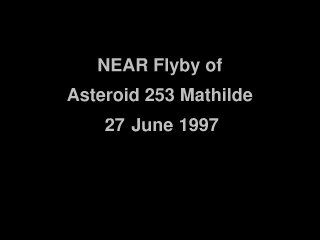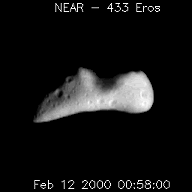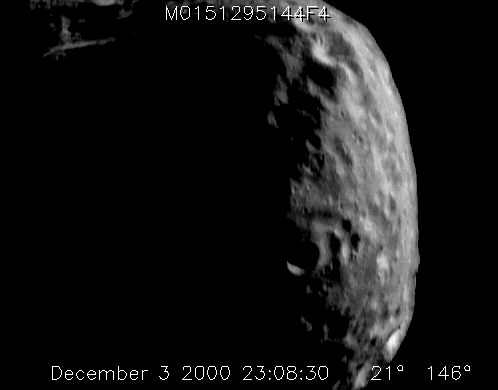T
TheAnt
Guest
orionrider":36513njl said:http://news.bbcimg.co.uk/media/images/48263000/jpg/_48263238_hayabusa_img0705_001.jpg

I don't see how that much material could come from the Earth since the canister was perfectly airtight on arrival.
Congratulations, JAXA!
I can only concur. It's not as much as anyone could have hoped for, but it really looks like JAXA got the title for the first asteroid sample return mission.






